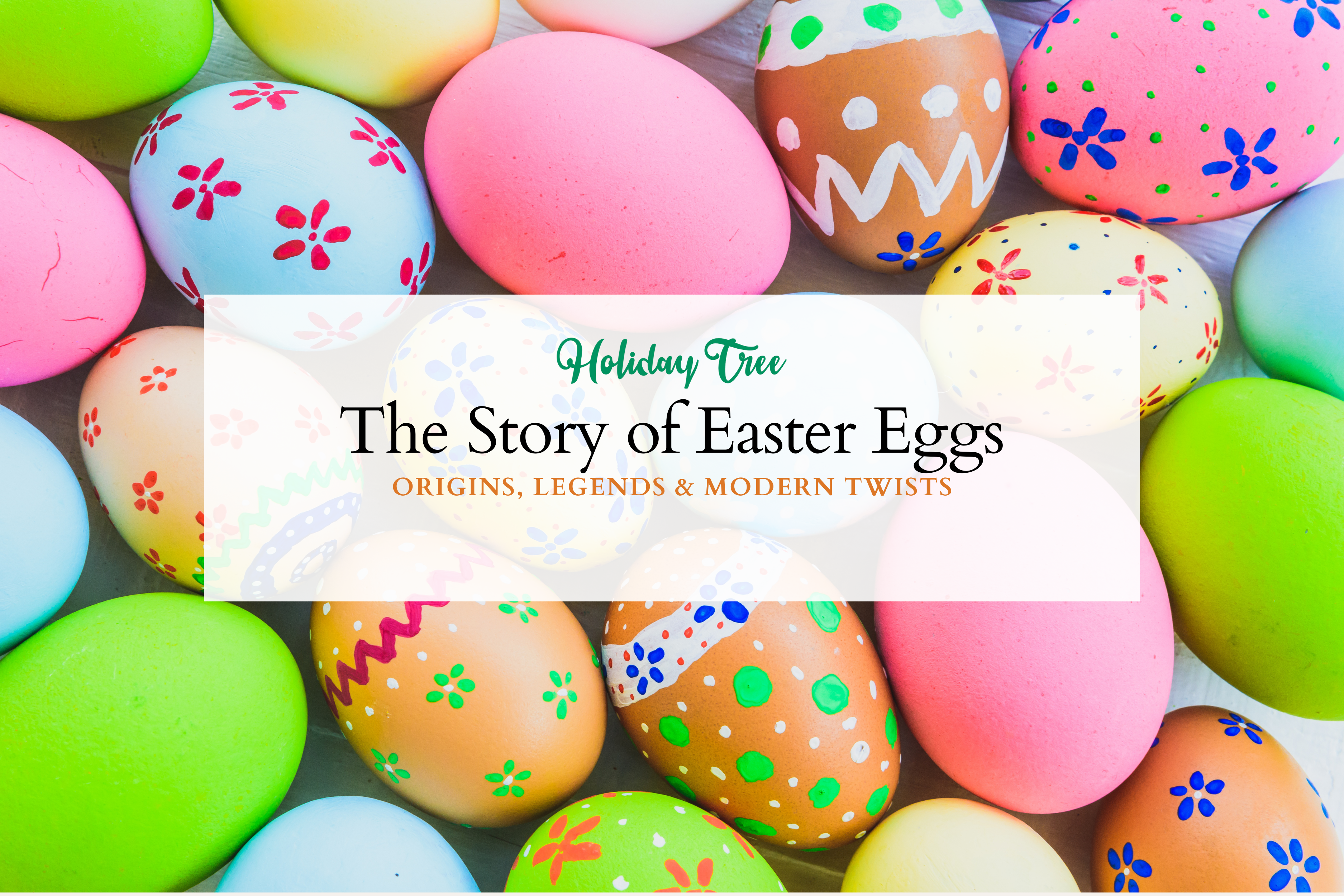Easter eggs are a central part of the holiday, but have you ever wondered why? The tradition dates back centuries and has evolved into the colorful, fun-filled custom we love today.
1. Why Eggs?
Eggs have long symbolized new life and rebirth, making them a fitting representation of Easter’s message of renewal and hope.
2. Ancient Traditions
Long before Christianity, ancient civilizations used eggs in spring festivals to celebrate fertility and the changing seasons. Persians, Egyptians, and Romans all had customs involving painted eggs.
3. Christian Symbolism
Early Christians adopted the egg as a symbol of Christ’s resurrection. The hard shell represented the sealed tomb, and cracking it open symbolized new life.
4. The Origins of Egg Decorating

The tradition of painting Easter eggs began in Eastern Europe. In countries like Ukraine, people created intricate designs using wax and dye, a technique called pysanky.
5. The Easter Bunny Connection

The idea of an Easter Bunny delivering eggs originated in Germany. The "Osterhase" (Easter Hare) was said to bring decorated eggs to well-behaved children, similar to Santa Claus.
6. Modern Twists on Easter Eggs

Today, Easter eggs go beyond traditional painting. Some creative modern trends include:
-
Chocolate & Candy Eggs – A sweet evolution of the tradition.
-
Gold Foil & Marbled Designs – Elegant takes on classic egg decoration.
-
Eco-Friendly Easter Eggs – Reusable wooden or fabric eggs to reduce waste.
Easter eggs continue to be a beloved part of the holiday, blending tradition with creativity. Whether you're painting them with family or enjoying a chocolate-filled surprise, they bring joy to all ages.

